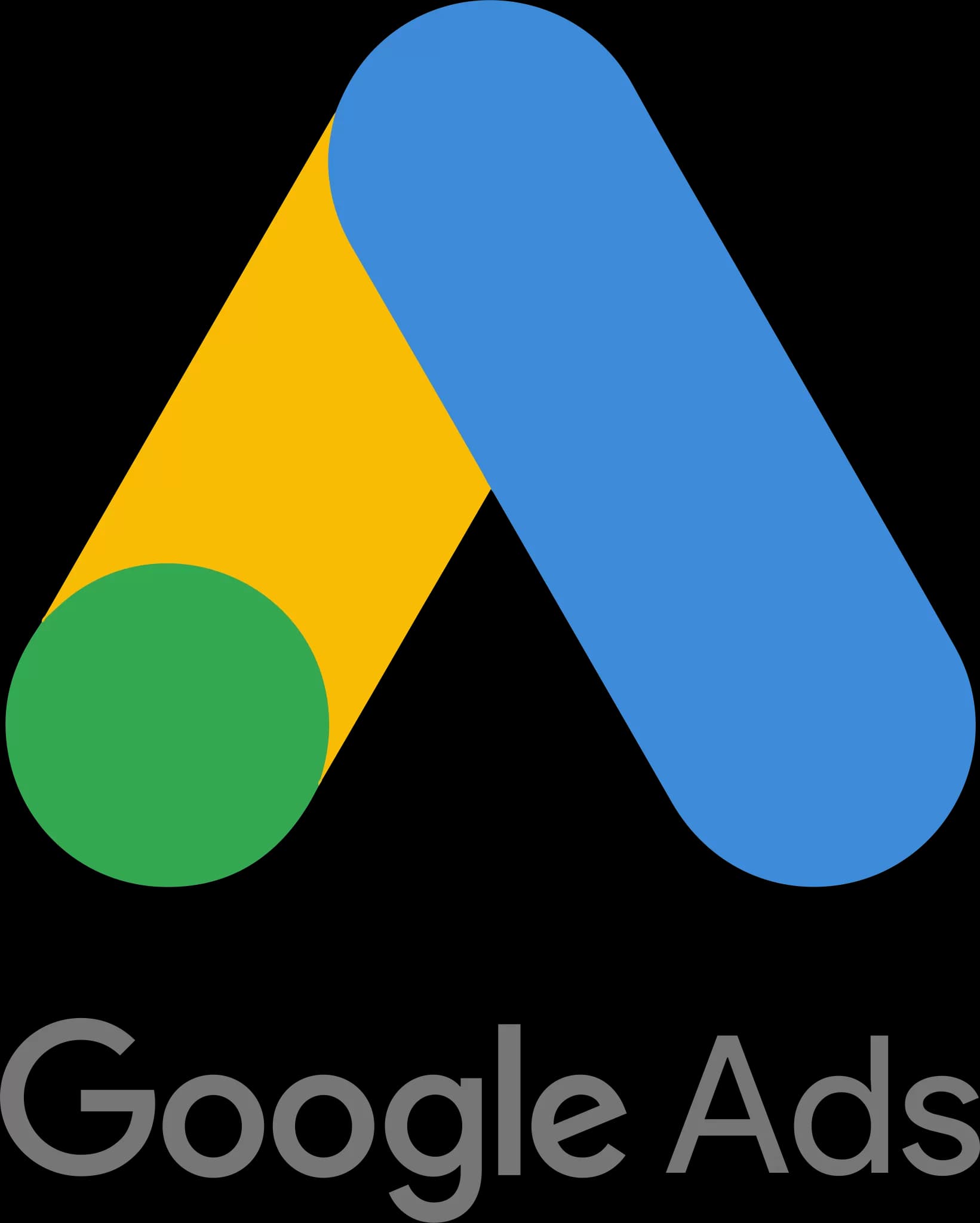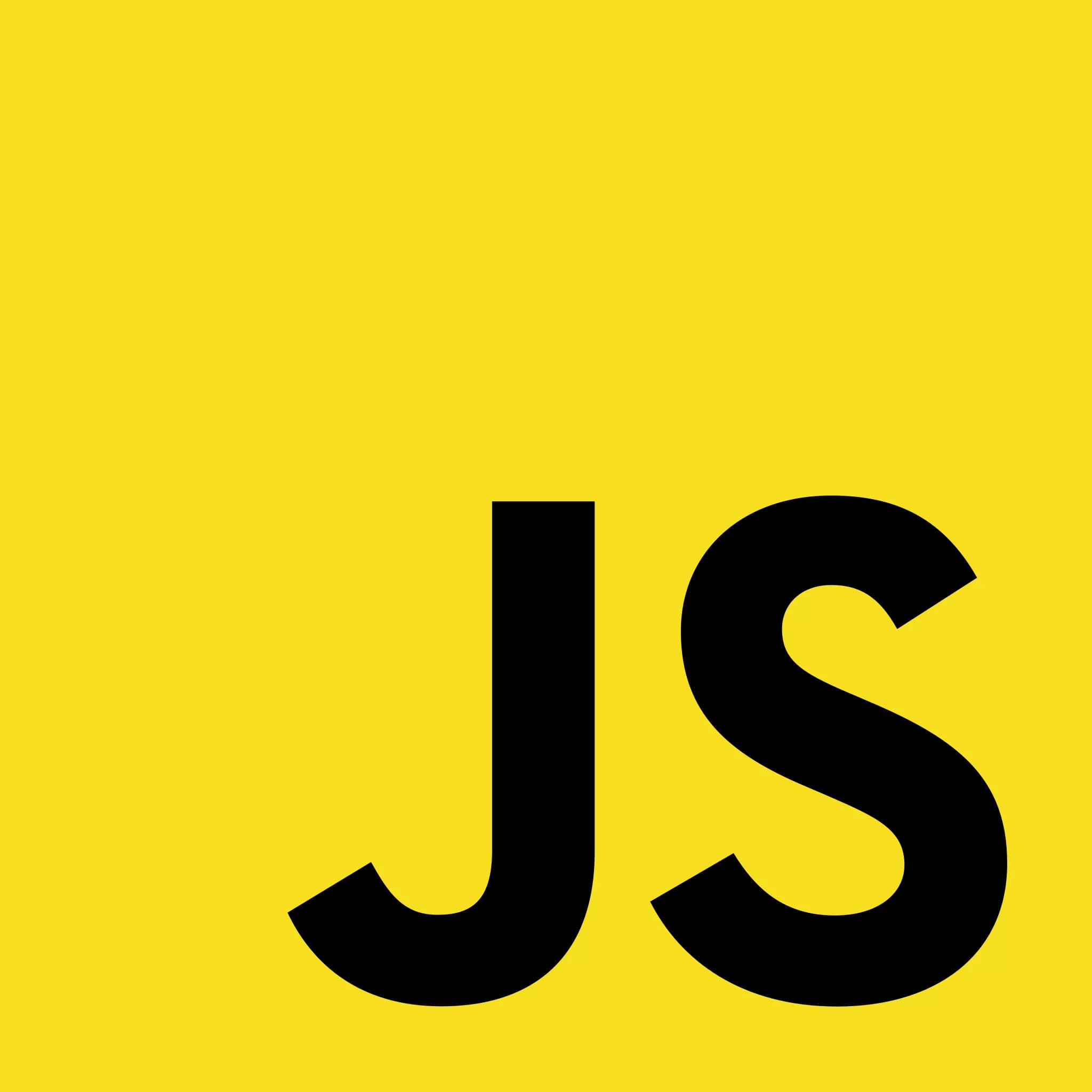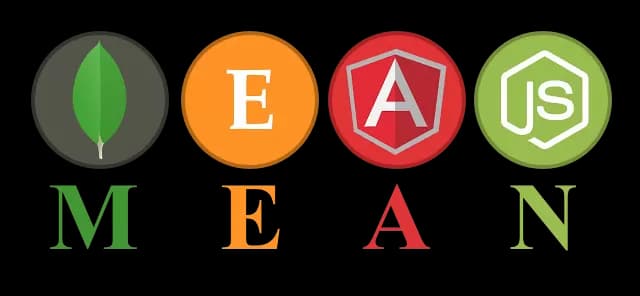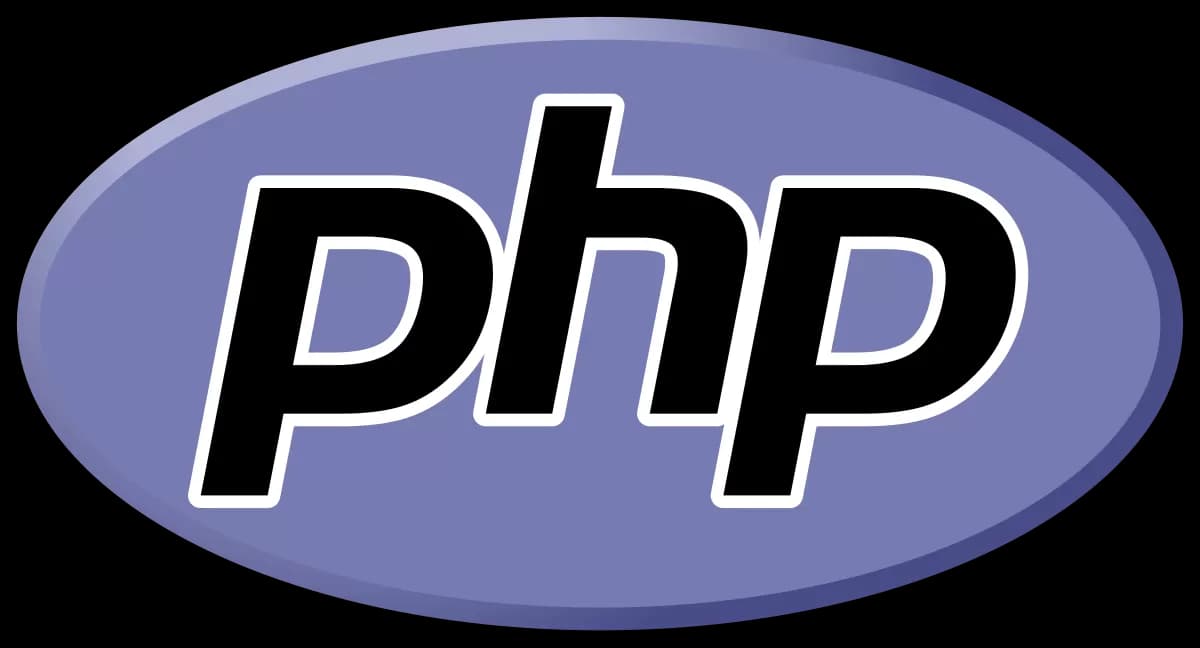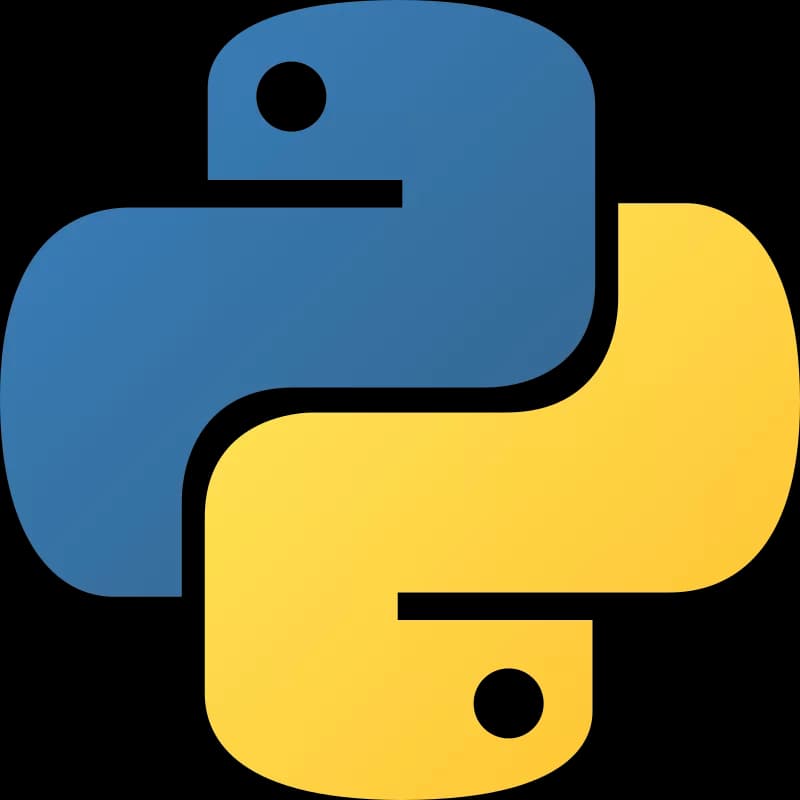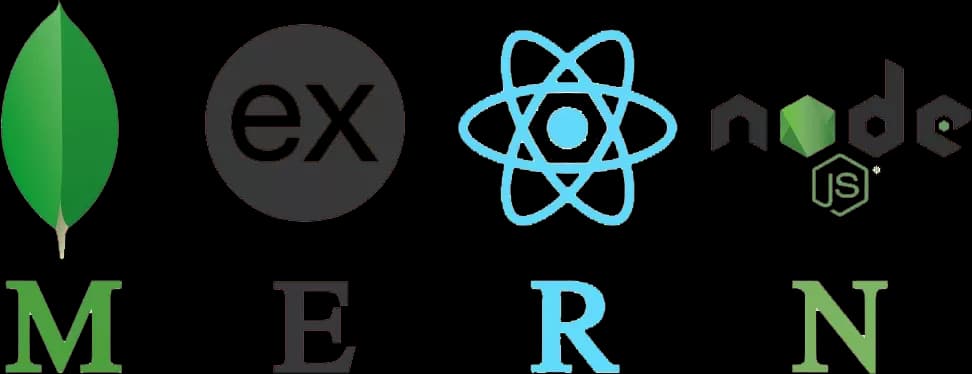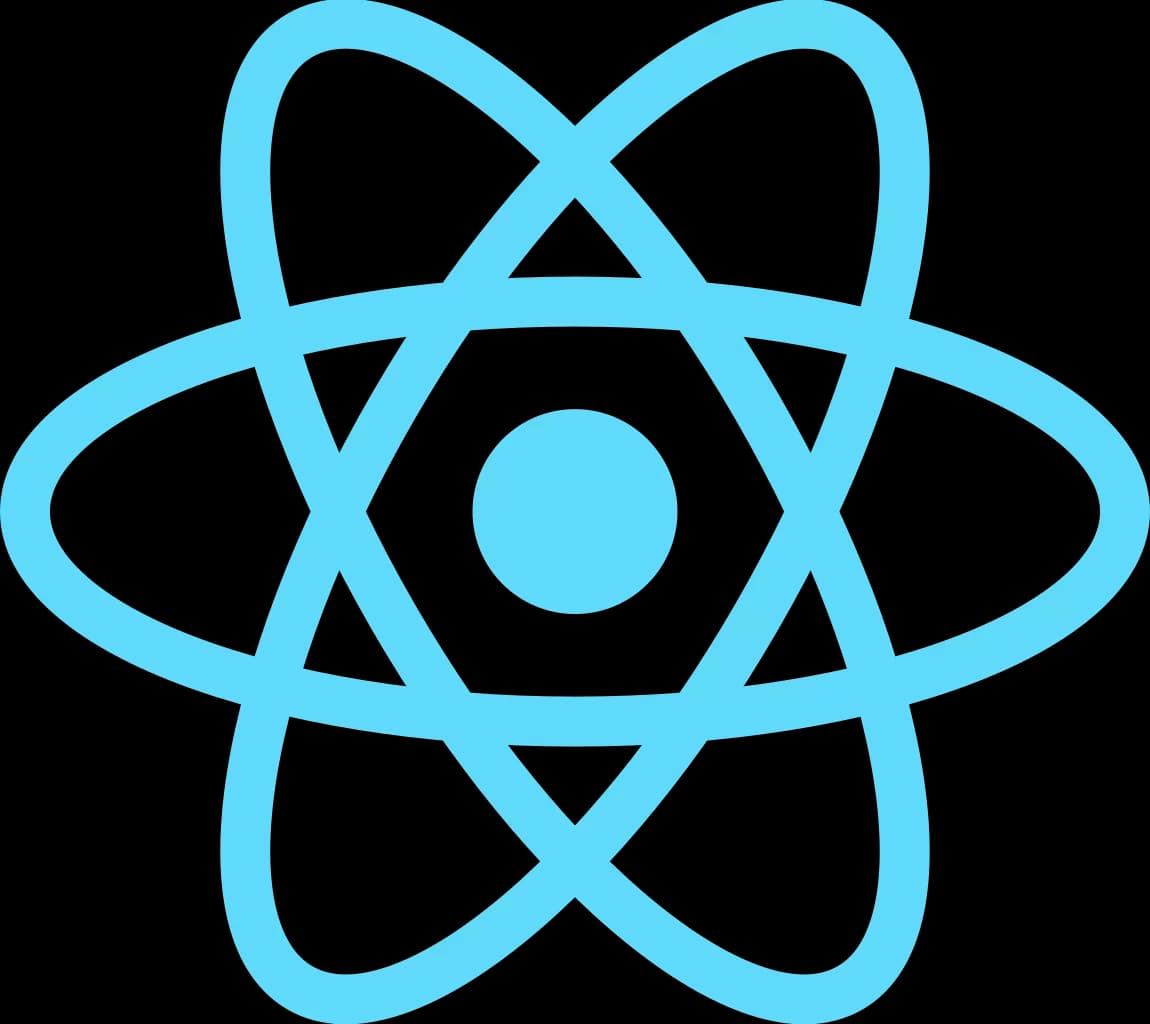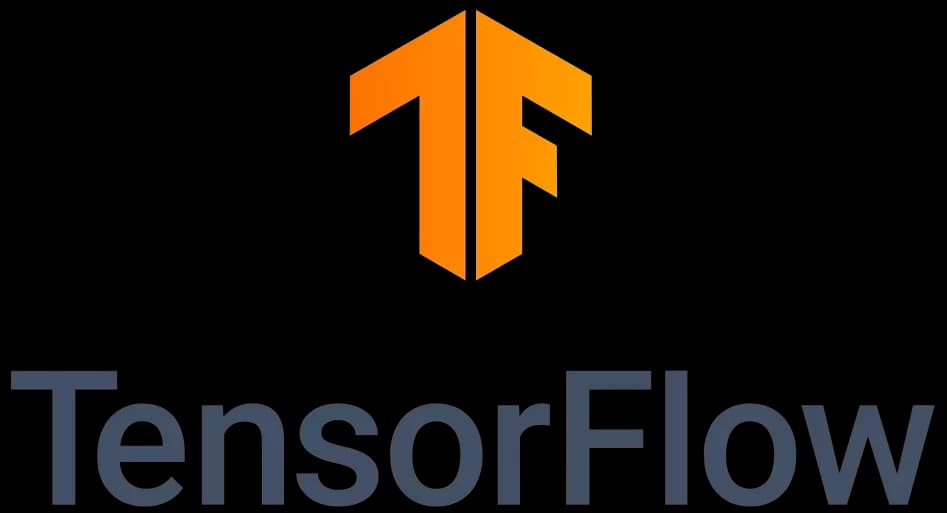#1 IT TRAINING INSTITUTE IN KERALA
Develop your skills in advanced web development and next-gen AI courses at Galtech. We are the Best IT Training Institute in kerala and our advanced courses use AI to provide you with the skills for the future. Invest in yourself, choose us the trusted AI Institute in kerala, who are as dedicated to your success as you are. Join us to get the tech skills you need for tomorrow.

Have any questions?
+91 70127 16483
Industry-Driven Courses to Boost Your Career
Our expert-led courses are designed to give you the skills that today’s employers are looking for
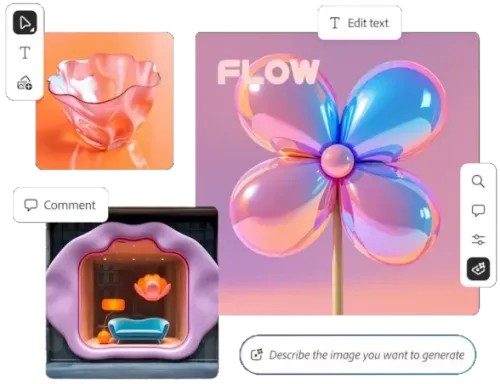
AI Video Editing Course
AI-powered design and video editing are revolutionising the creative industry, and enrolling in an AI video editing course in Kerala can give aspiring creators a competitive edge. With the rise of tools like Runway ML, CapCut AI, Sora, Veo, Kling, Flow, Whisk, Wan 2.1, Canva AI, Photoshop AI, DALL·E, Gemini/Imagen, Flux Pro, Context, HeyGen, Hedra, and ElevenLabs, video editing and content creation have become faster, smarter, and more efficient than ever before. These AI tools assist with everything from automatic scene generation to background removal and intelligent video enhancements—all without needing advanced technical skills. This course is designed for students, marketers, freelancers, and content creators who want to stay ahead in the digital game. By learning AI-driven editing techniques, you’ll be equipped to produce high-quality, engaging content across platforms like YouTube, Instagram, and Reels, right from the heart of Kerala.
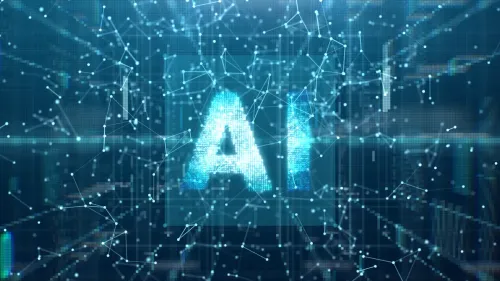
AI Engineering Course
Our AI engineering course is designed to equip you with the necessary knowledge to innovate, start and improve intelligent systems that will be the trend of the future in the technology sector. This course provides an in-depth roadmap for individuals aiming to pursue a career in artificial intelligence. It provides knowledge about the Artificial Intelligence (AI) fundamentals up to the same level of advanced topics such as machine learning, deep learning, and natural language processing. You will be directly involved by going through projects and case studies from the real world, thereby acquiring the skills to handle complex problems using AI. This practical approach helps you build the skills you need to make and improve intelligent systems that will shape tomorrow's technology. AI courses in Kerala have gained significant popularity over time due to the increasing global demand for AI professionals. The courses are designed around practical, on-the-job, industry-applicable training, in which students have hands-on access to the latest AI tools, algorithms and frameworks. Through an AI Engineering Course, students will be capable of bringing the technological revolution in the areas of automation, robotics, data analytics, and intelligent software development, thus creating their own path for careers in the AI field, which is getting updated with the future.
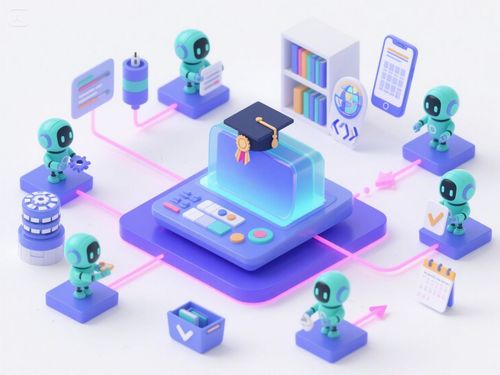
AI Agents: Build Smart & Automated AI Systems
AI Agents are currently a booming word in the IT industry. Learning an AI Agents course is going to be significant for your career. The 2 components of the term ‘AI Agents’ can give us a better understanding of it. AI or Artificial Intelligence means non-biological forms of intelligence built using computers and machines that can perform tasks that typically require human cognition, such as learning, problem-solving, decision-making, etc. The term ‘agent’ simply refers to a person who acts on behalf of another person, or an organization to achieve a goal. Combining these two terms, the AI Agent is an autonomous entity aware of its environment that can process information and take action to achieve specific goals. Streaming platforms like Netflix use learning AI agents to provide personalized content. They analyze user behavior, watch history, genre, viewing time, etc. to understand preferences.
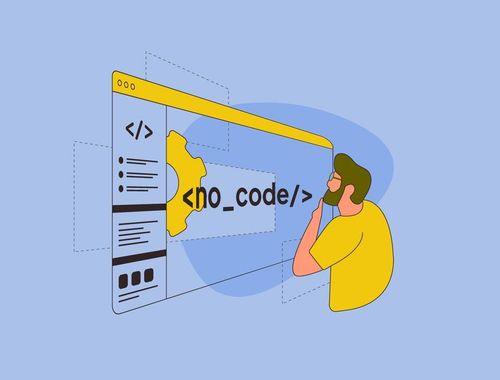
AI Agents No-Code
Explore the world of Artificial Intelligence like never before – no coding required. With No-Code AI Agent Course, beginners, entrepreneurs, and business executives can create, manage, and deploy intelligent AI agents that automate processes and enhance productivity. Streamlined task automation and productivity enhancement is now possible. You will gain experience through hands-on training and real-world projects using no-code tools such as n8n, Make, and others. AI agents will be integrated into business marketing, customer service, CRM, ERP, and other daily operations and activities.
Get In Touch
Best IT Finishing School That Makes You Ready for Job
Our courses are designed to help students gain the knowledge and skills needed for entry-level IT jobs or to advance their careers. We also include job placement assistance and live project internships.
Project-based Learning
Build real products while learning, gaining practical experience.
Job-focused Curriculum
Learn industry-relevant skills tailored for today’s job market.
Peer-to-peer Support
Get help, collaborate, and learn from your peers in a supportive community.
Certification
Finish the path to get certified and validate your skills.
Affordable Fees
Access quality education with flexible and easy payment installments.
Self-paced Options
Learn at your own convenience with our flexible learning schedules.
Offline Industrial Training and Internship Programs
Gain practical, hands-on experience with our intensive industrial training and internship programs, designed to bridge the gap between academic learning and industry demands.
- Mentorship from experienced Developers and Team Heads
- Join a rapidly growing job market with high demand for skilled professionals
- Hands-on experience in live projects simulating real-world scenarios
- Career guidance and placement assistance to kickstart your IT journey
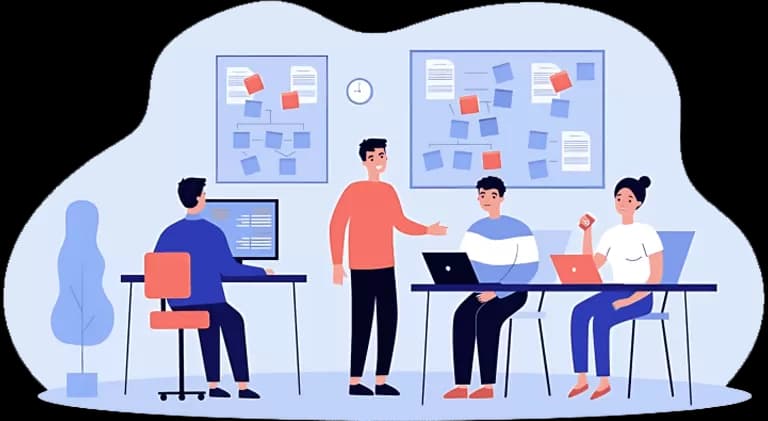

Expert Training for
Successful IT Careers
We are an educational initiative of GALTech Technologies Pvt Ltd, Infopark, Koratty. We provide industry-based IT training programs and internships for students who want to start their career in Software and Information Technology.
Our software training courses cover HTML5, CSS3, PHP-Laravel, ReactJS, Data Science, Artificial Intelligence, AI Agents, Full Stack Development, MERN Stack, Digital Marketing, SEO, Social Media Marketing, PPC, and many more advanced and latest technology job-oriented training and internship programs.
Learn More About us0+
Years in IT Industry
0
International Locations
0+
Students Trained
0%
Placement Rate
Frequently Asked Questions
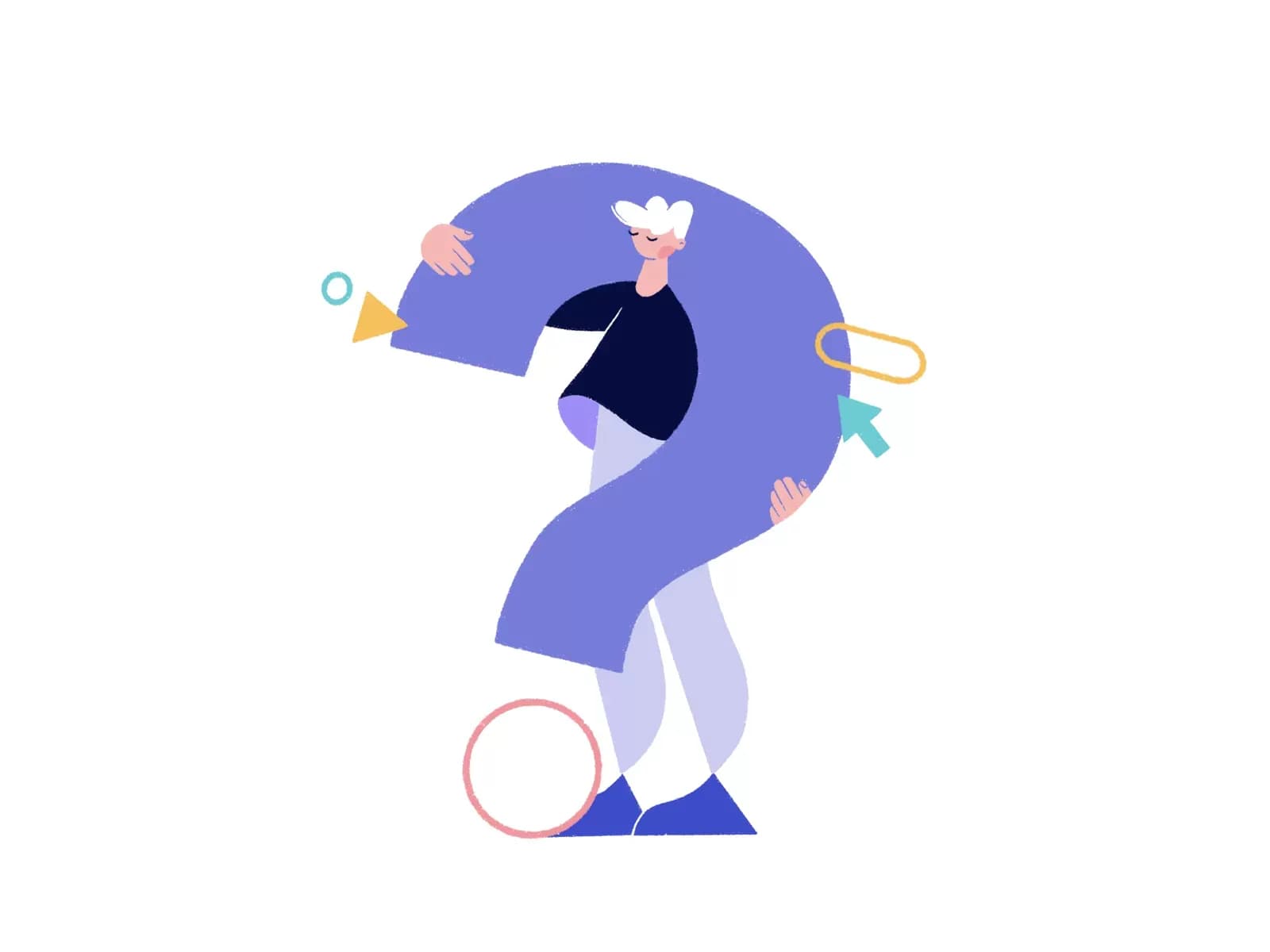
What Our Students Say About Us
Jessica E Joseph
“I'm mightily impressed and satisfied with the training given by GALTech School of Technology. The instructors are very knowledgeable and always willing to answer questions. I'm very much glad and I highly recommend others choose GALTech School of Technologie...”
Vysakh P
“GALTech School of Technologies is the best software training institute in Kerala. The main specialty of this training institution is that you will get excellent training experience in theoretical as well as practical learning. Their course materials are well-...”
Meenakshi Menon
“I have attended full stack course at GALTech School of Technology over the past few years and each one has been an exceptional learning experience. Their hands-on approach is commendable.”
Krishnendhu S
“I recently completed the MERN stack course at GALTech and I was impressed by the expertise of the instructors and their level of professionalism. The course material they offer was comprehensive and the hands-on learning experience was invaluable.”

